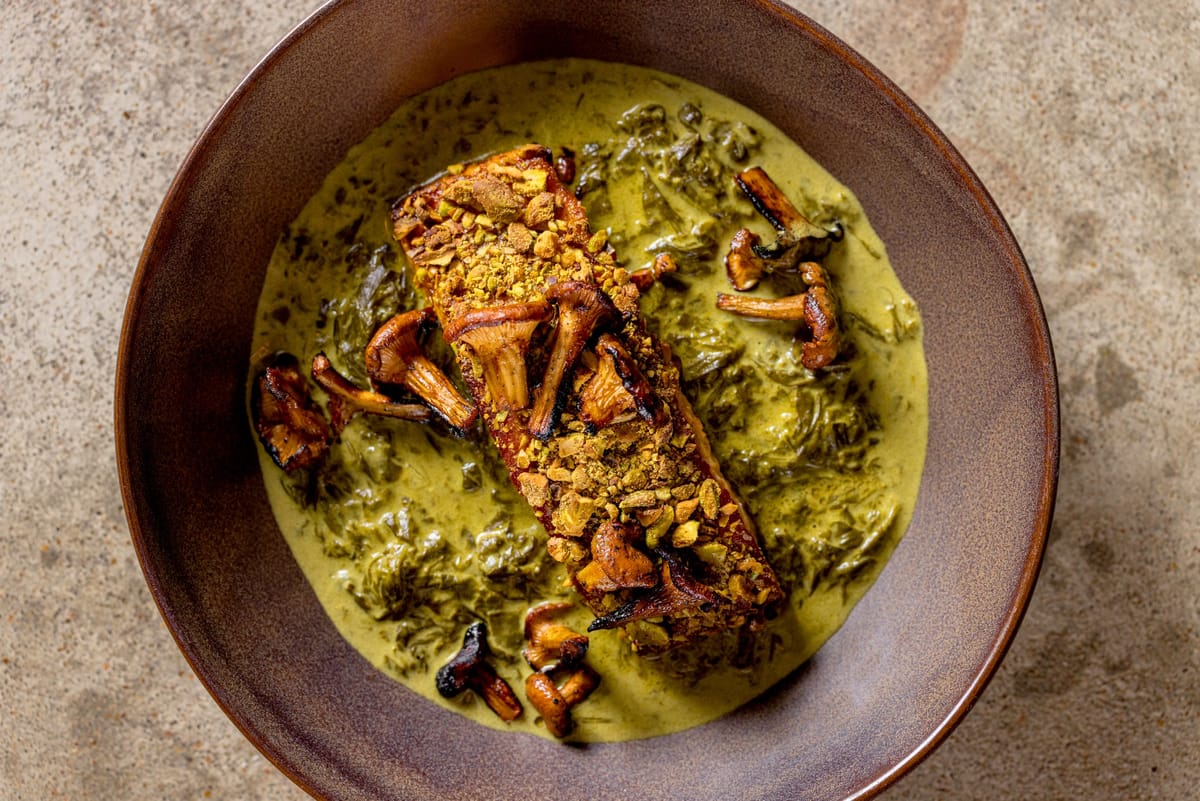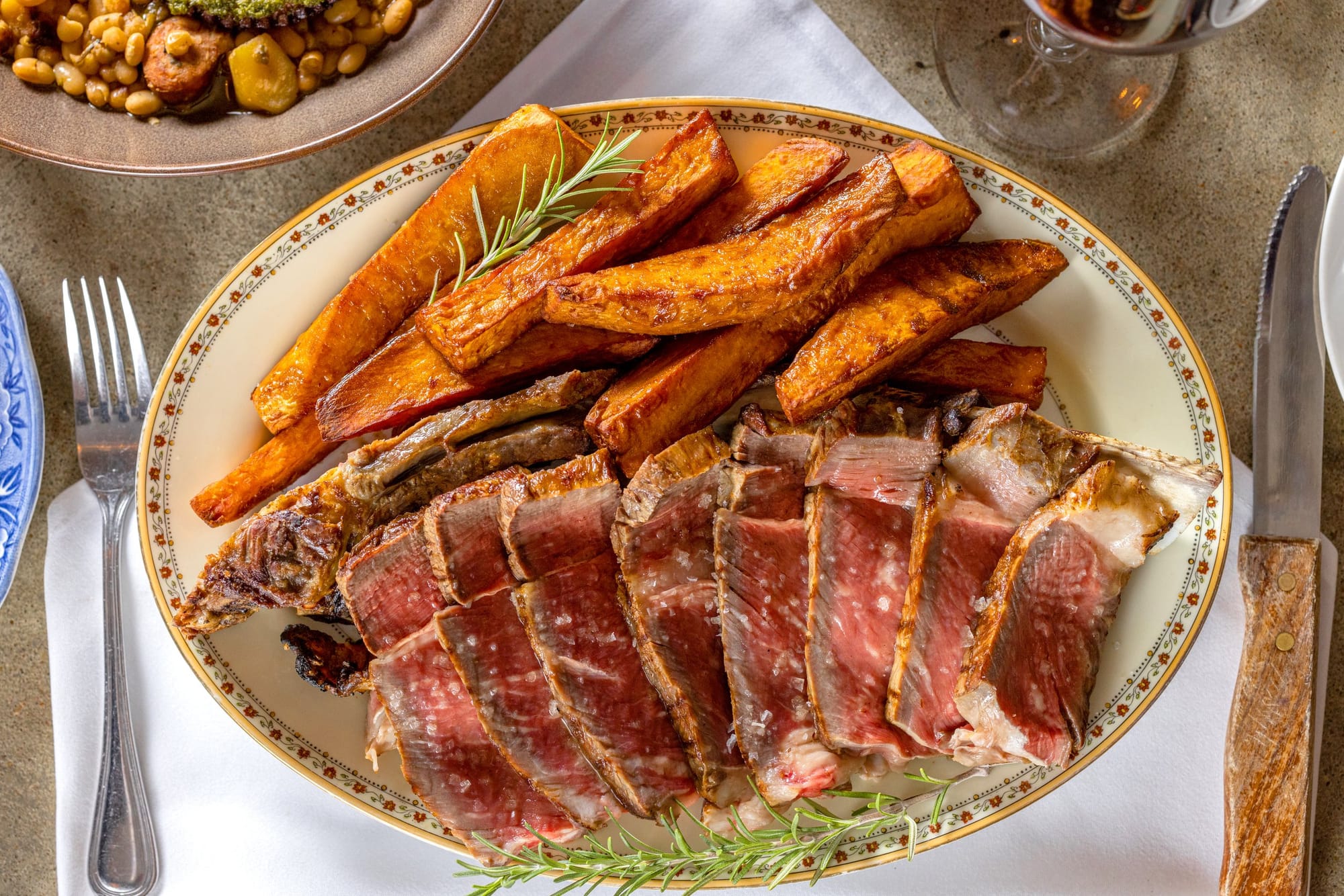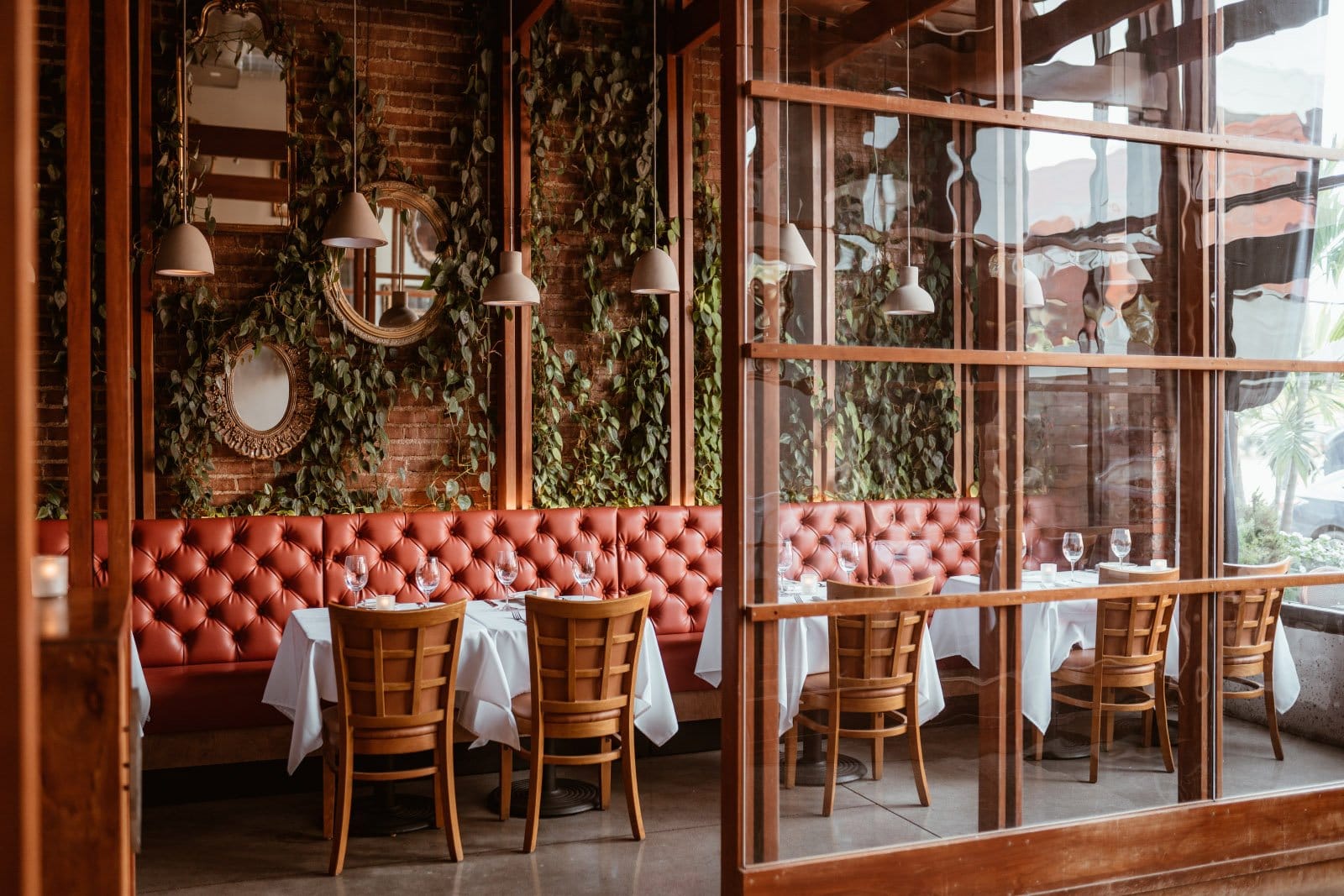
The first thing Amelia Eesley was good at was restaurant service. Well, there were probably other things from her childhood and tween years, but at 16, working at Tippin’s Restaurant and Pie Pantry in south Tulsa, she learned quickly that she was a natural at serving tables.
“Al Fusco, who now has Blue Moon Cafe in Brookside, was my manager, and he was a great mentor to me,” Eesley says. “I took to serving — so much so that he let me write the training program for his restaurant as a teenager.”
Long before there was Amelia’s Wood Fired Cuisine, and even longer before the James Beard nomination for then executive chef Kevin Snell, Eesley headed for New York City to study musical theatre at American Musical and Dramatic Academy in Manhattan. The stage was to be her future, but the 20-year-old also needed a gig to make money, so she jumped right back into serving … but this time, she went the fine dining route.

“Even then I saw food as a pass-through job, just something to make money,” she says, “but I was working with career professionals — managers, sommeliers, fine dining servers — and they’d made a good career of it. Talking to them and working with them, I began to see it as a legitimate way to make a living.”
While she tried to get a big break in musical theatre, Eesley worked at Del Frisco, which was “very busy, and a place where everyone was making good money,” as she describes it.
“That’s when it really hit me that I could do this,” she says. “Theatre wasn’t a great way to make money, but being a good server or sommelier was, so I left theatre.”
She made her way back to Tulsa, taking a job at Fleming’s Steakhouse — a chain famous for its wine list — in Utica Square. She spent seven years at Fleming’s, before jumping to Stonehorse Cafe, where she worked with Tim Inman, a chef-owner who would continue to educate her on what is required to run a successful restaurant.
“I knew I needed management experience before I opened my own restaurant, and working with Tim gave me the knowledge I needed to feel confident about what would be Amelia’s,” she says.
In 2016, she signed the lease for what is now Amelia’s Wood Fired Cuisine. The first task was design.
“The menu is the story you’re telling,” Eesley says. “The menu will tell you how the space should look, and so I had a good idea in my head of what I wanted, and I brought in Frantz Davies and Subha Sridharan [of] Forest for the Trees as the architects. I told them what I wanted, and they sketched the outline.”
What she wanted was very straightforward (as is she): plants, wood, open flame, central bar and open kitchen out front. “Parties in people’s homes tend to gravitate toward the kitchen, so it was important that the kitchen be right out front, so it would feel like a dinner party at a friend’s house,” she says. “I grew up with lots of plants in the house, and they’ve always felt like home, so I wanted plants to be prominently featured in the design.”

What designers and owners want has to be pushed through a sieve of pragmatism, though, because as elegant as they can be, restaurants are workplaces with high traffic (ideally) and intense wear and tear from servers, server assistants, dishwashers, cooks, cleaning crews and all the other team members that contribute to a meal landing on your table. To facilitate turning a plan into a working space, Eesley reached out to Gabe Telacios from Silo Design Build to, as she puts it, “… bring the design to life in terms of what can actually happen in a restaurant.”
Ultimately, however, it’s about the food, and with Snell, Eesley had a winner — the deserved James Beard nomination was also in part an acknowledgement that she’d chosen well. Looking back, she’s amazed at how many things, including Snell, went right from the beginning.
“We got lucky, but we also had worked and trained hard to be successful,” she says. “Still, Amelia’s was my first restaurant, and I’d spent a lot of time just sitting in the space before it was done, listening, because the space can tell you things about what it will be. I had trained for years, so I knew what I wanted and how restaurants actually worked, but putting it all together was a terrifying process.”

After opening, Eesley learned what to do and not to do in her specific space, not just a restaurant in general. “The food has to be very good,” she says. “That’s the first thing. We learned that bringing in whole pigs and breaking them down was labor-intensive and not cost-effective. Things like that you have to work out as you go.”
Her new chef, Andrew Donovan, carries on the tradition of wood-fired food that is delicious and beautiful — Eesley calls it “regional and South American cuisine with influences from the Midwest and South.” The team works together on menu prep, and Donovan with his back-of-house team workshops a few menus before he and Eesley make final decisions. Pasta and seafood will always be on the menu, because Eesley works with “slots” that need to be filled: pasta, poultry or pork, seafood, seasonal produce, beef, South American-influenced dishes, etc.
Logan Sweetwood, a bar veteran with experience at Tulsa lounge Hodges Bend, takes care of the cocktail menu, while Eesley oversees the wine list, which is heavy on French and American. Eesley said terroir is the most important factor in her choosing wines for Amelia’s.
She said she’s happy with the food, the drinks and the restaurant overall. It’s what she wanted when she imagined it.
“Hospitality has always given me a great sense of fulfillment,” she says. “I like the business side behind the scenes, and I love the machine that is dinner service, getting buried in a busy shift so that I’m watching people’s response to the food, meeting the challenges that always pop up, making a difference, making people happy. I just love the energy of all that.” •

